Your Guide to Different Types of Residential Roofing Materials
Choosing the right roofing materials for your home is an important decision. The type of residential roofing you use impacts durability, longevity, and even energy efficiency. According to Forbes, over 5 million new roofs are installed each year, which means that there are many materials to choose from. Here's a quick guide to the most popular options for residential roofing materials.
Asphalt Shingles
One of the most common and affordable roofing types for homes is asphalt shingles. These residential roofing materials are made from a fiberglass mat or organic felt soaked in asphalt. The asphalt serves as a waterproofing agent. Asphalt shingles come in a variety of colors and can be installed on sloped roofs. The more layers of asphalt shingles, the more durable the roof. Look for thicker architectural shingles for a more distinctive, textured look. In our experience, asphalt shingles need to be replaced about every 15 to 30 years.
Metal Roofing
For a durable and long-lasting option, metal is a great residential roofing choice. Steel, aluminum, and copper are all used in residential metal roofing. The materials are fire and insect-resistant. Metal roofs can also withstand high winds and do not rot or decay like other materials. They come in a wide range of styles, from panels to shingles to tiles. Bare metal can be noisy during storms, so insulated metal roofing helps dampen sound.
Tile Roofing
Clay and concrete tiles make for an elegant roofing material. Spanish or Mediterranean-style homes often feature tile roofing. Tiles interlock for weather protection and are very durable against wind, fire, and rain. Tile comes in a variety of shapes, sizes, and colors. The weight requires roof framing that can handle the load. Proper installation is key for tile roofing.
Wood Shakes and Shingles
For certain architectural styles, like Craftsman bungalows, wood makes an attractive residential roofing material. Cedar and redwood are naturally rot-resistant woods used for roofing shakes or shingles. Wood needs proper sealing and treatment to hold up to the elements. It offers a classic, natural look. Fires are also a concern if embers land on an untreated wood roof.
The best residential roofing material for your home depends on climate, budget, and desired aesthetic. Do your research to ensure you choose an option that balances quality, longevity, and maintenance requirements. The right roof keeps your home protected for decades to come. When you need a new residential roof, let us help you find the right materials. Reach out to our team at Diamond Ridge Construction now to start the process.

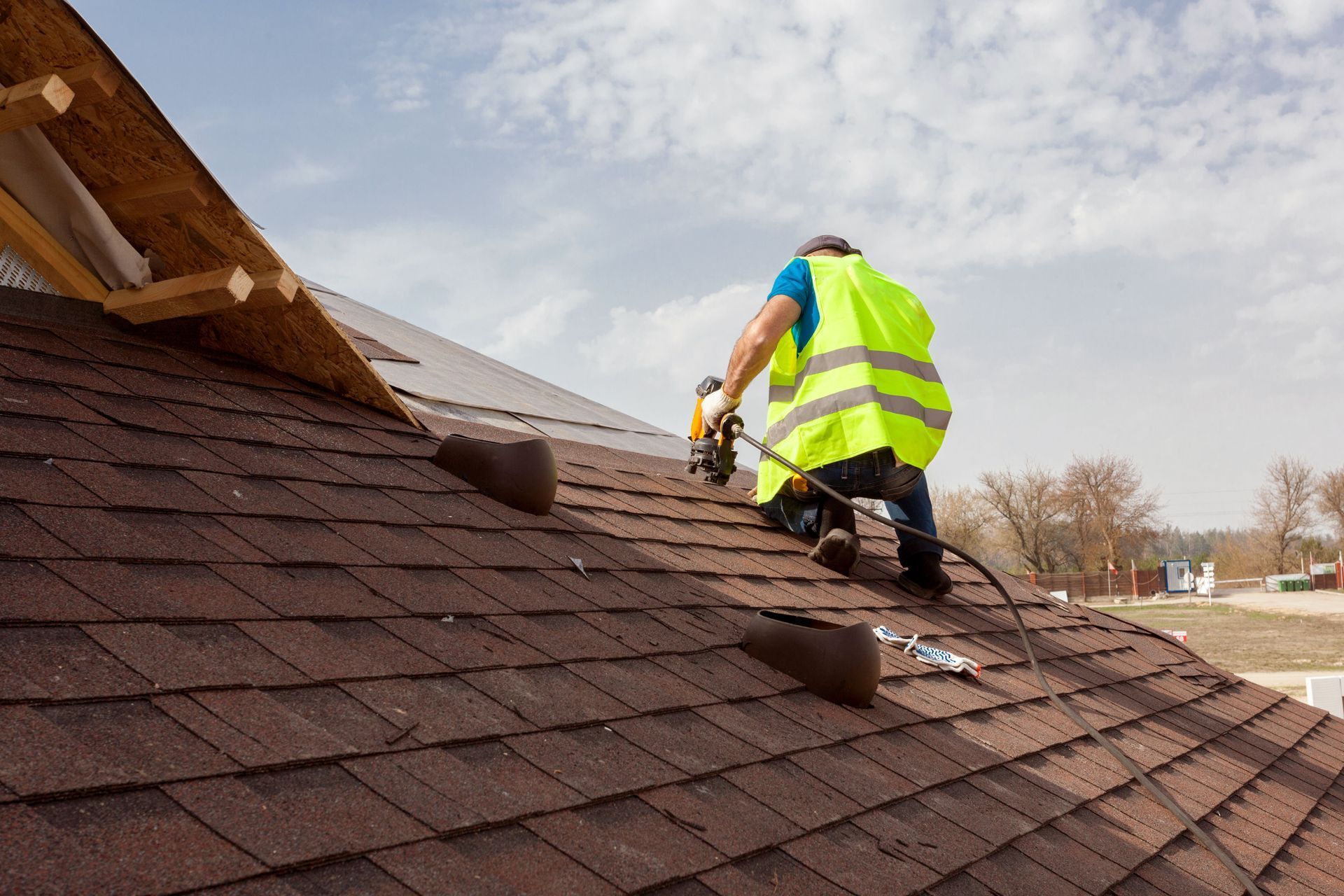
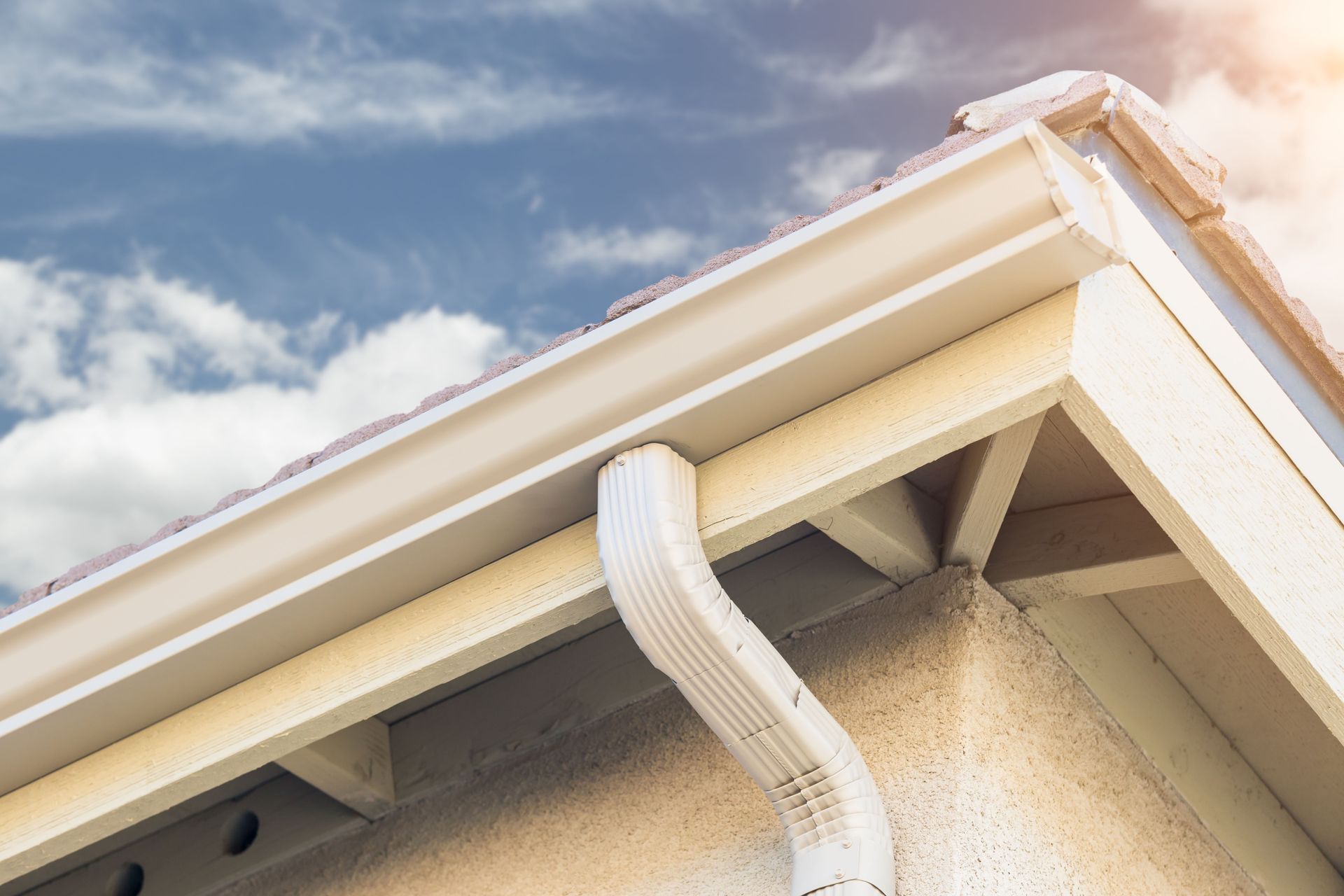
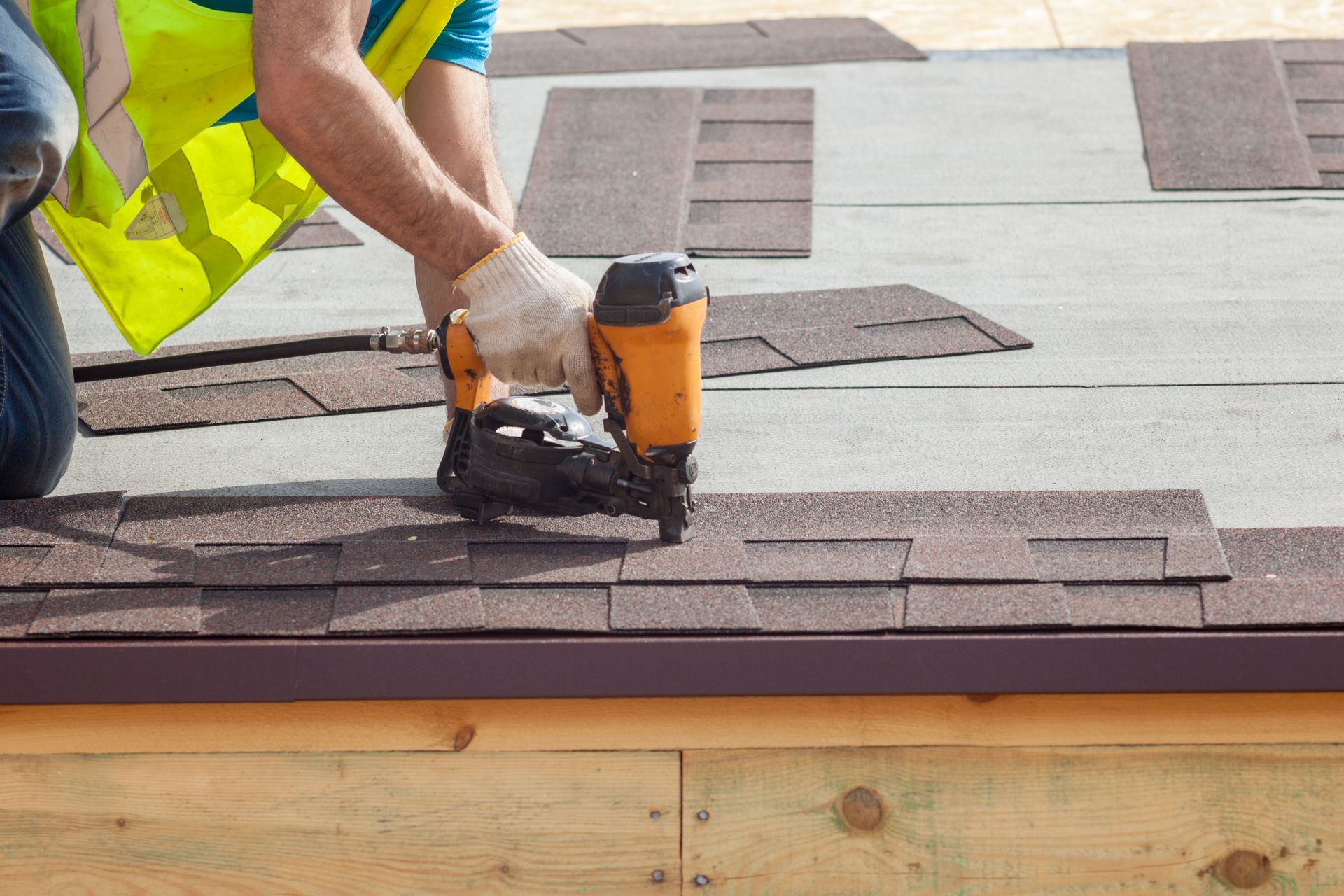
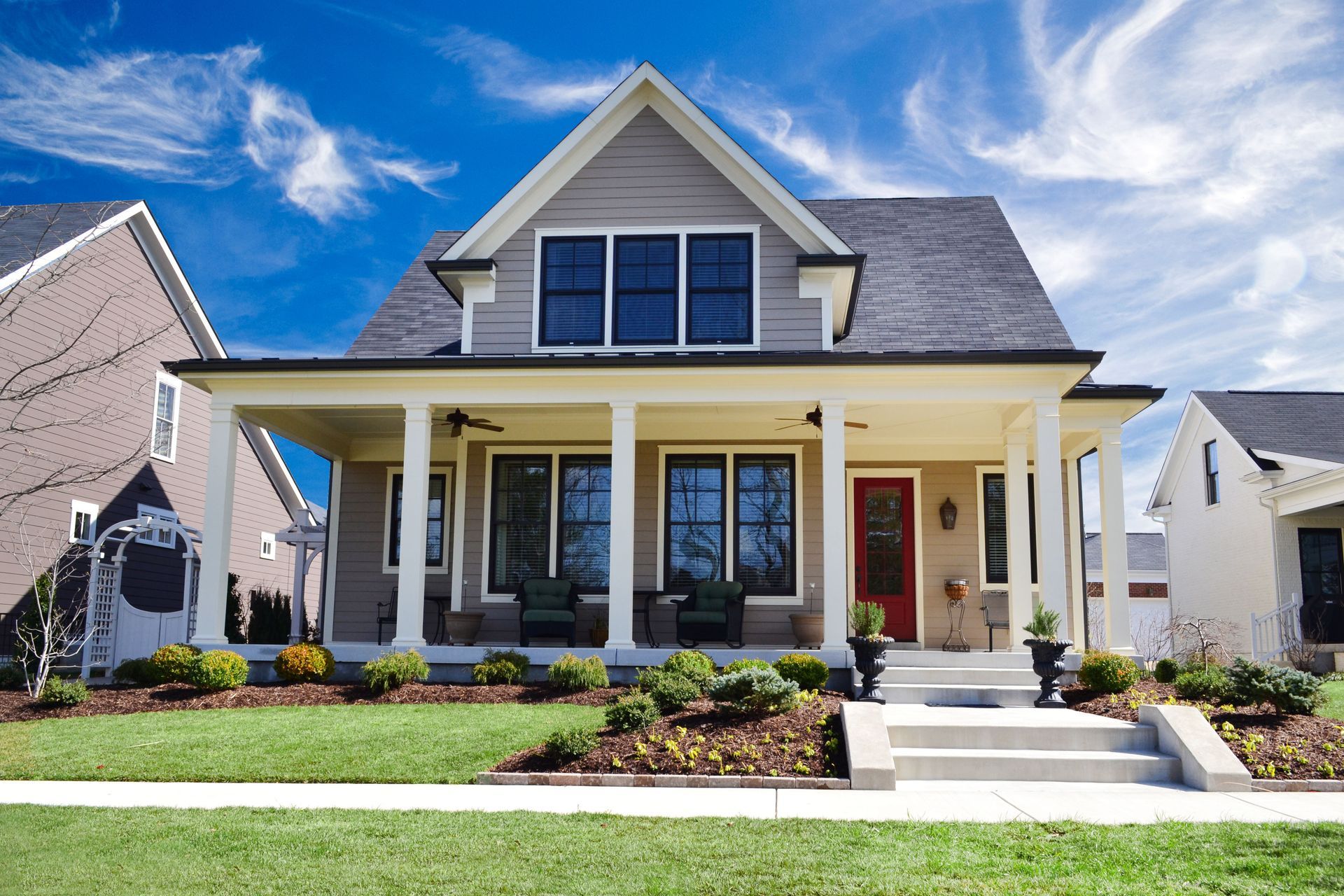
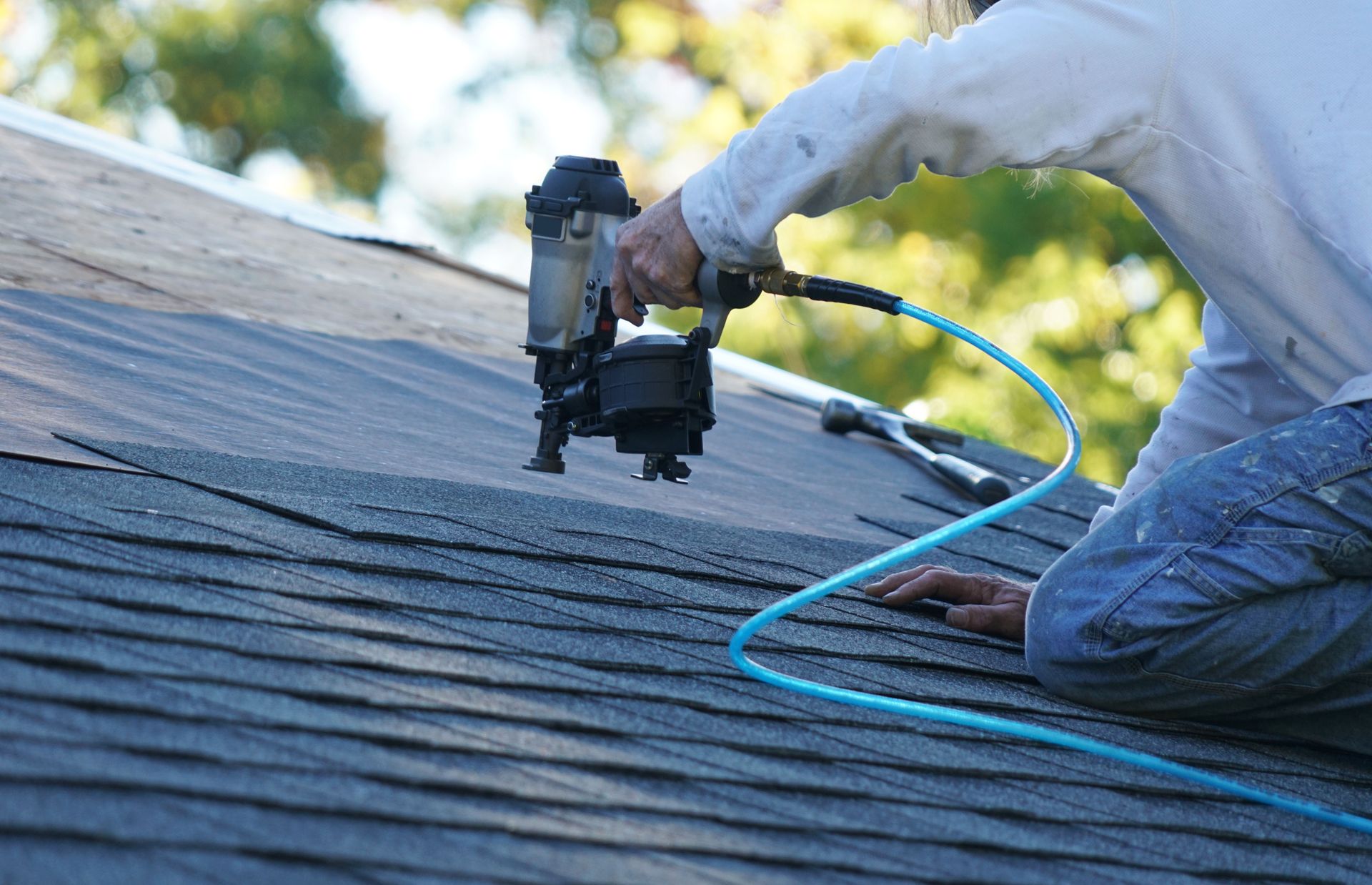
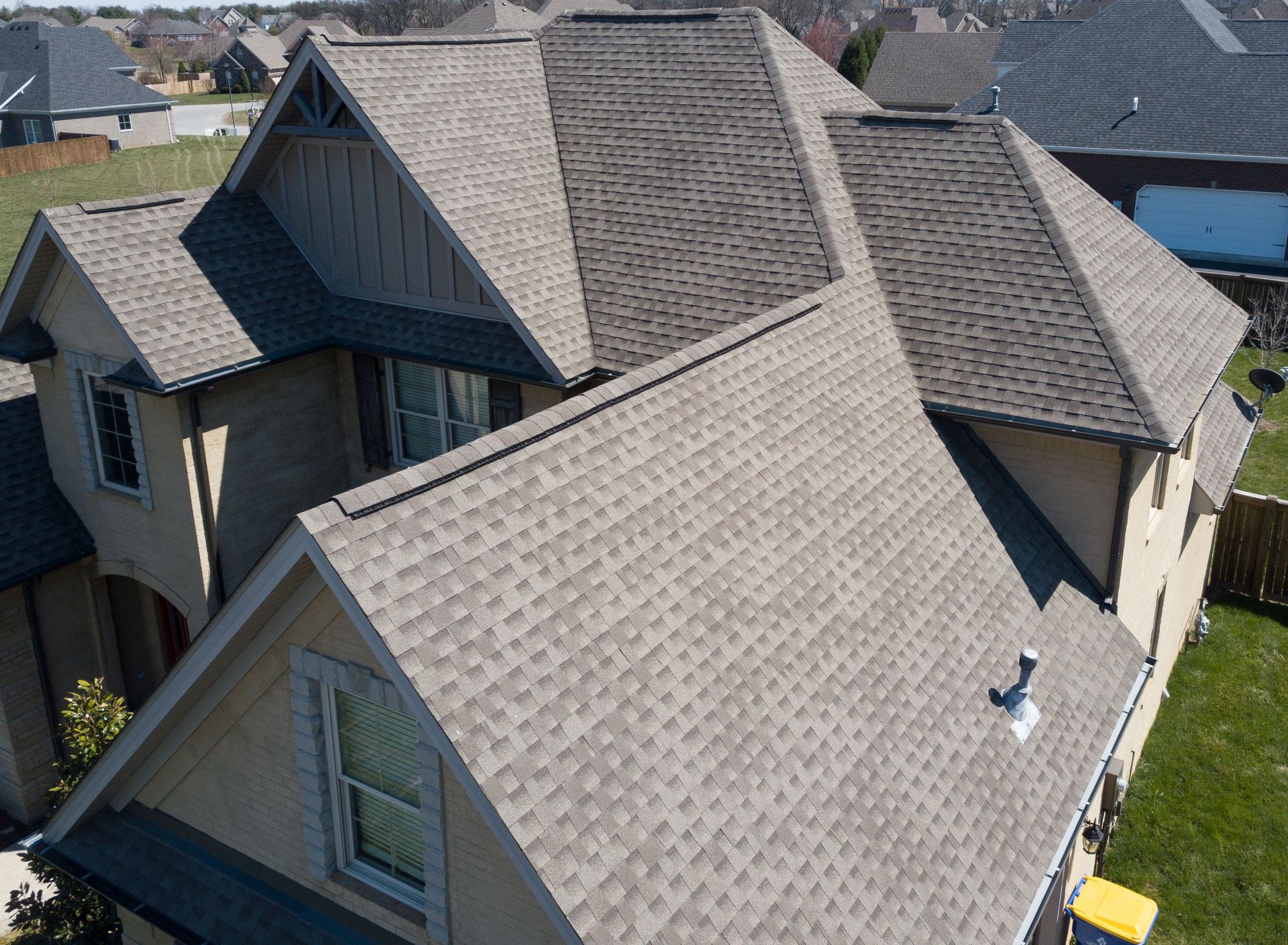
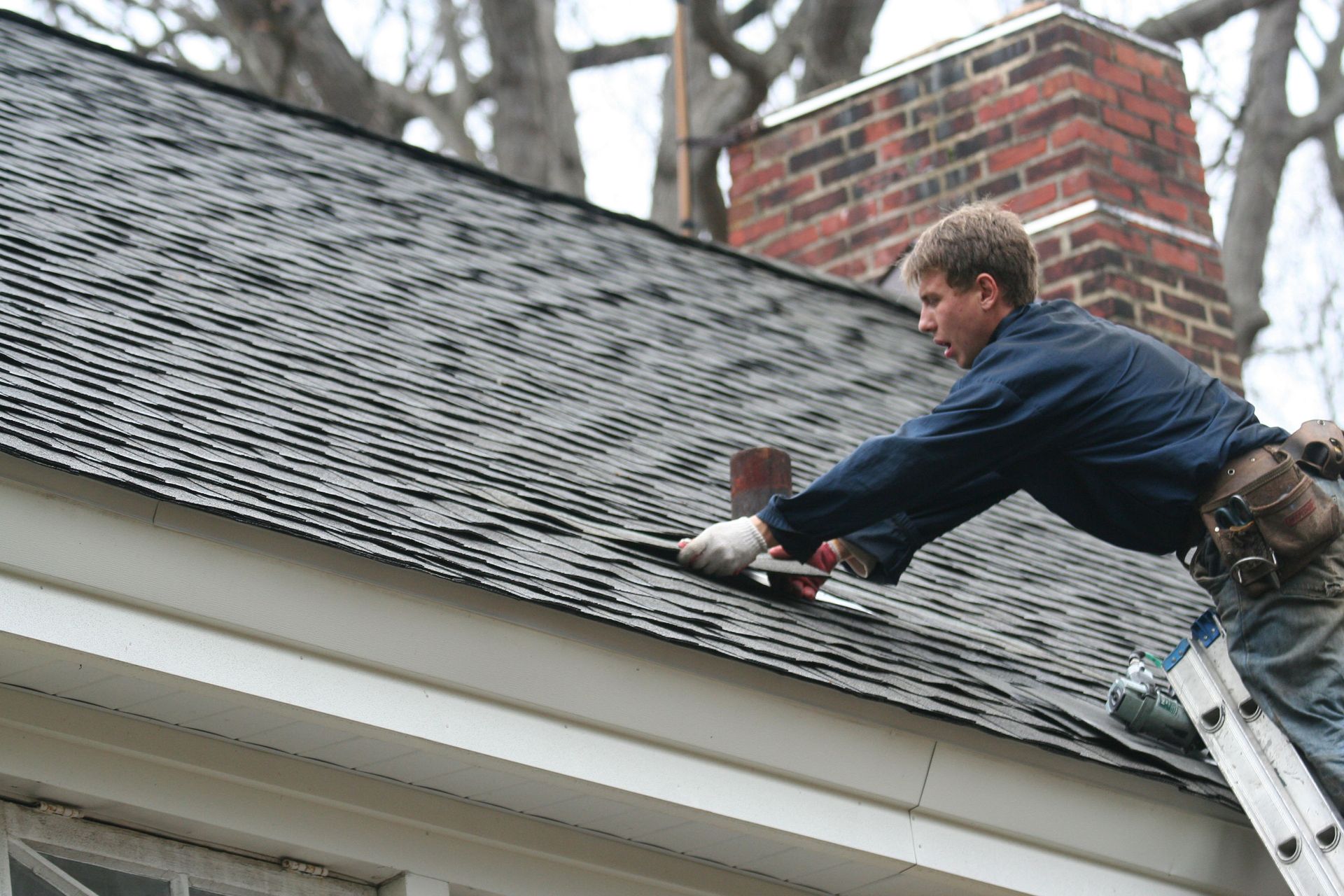
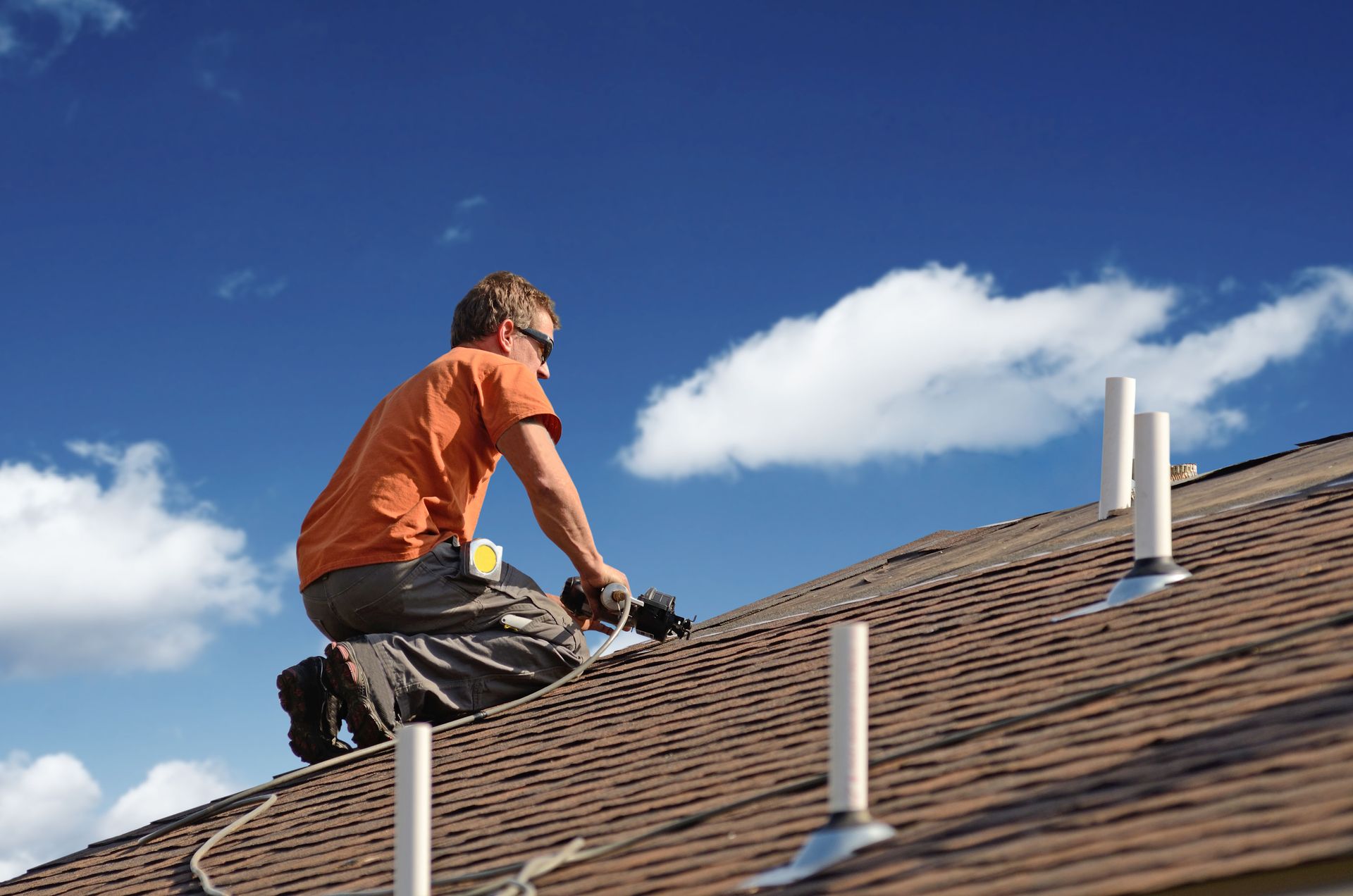
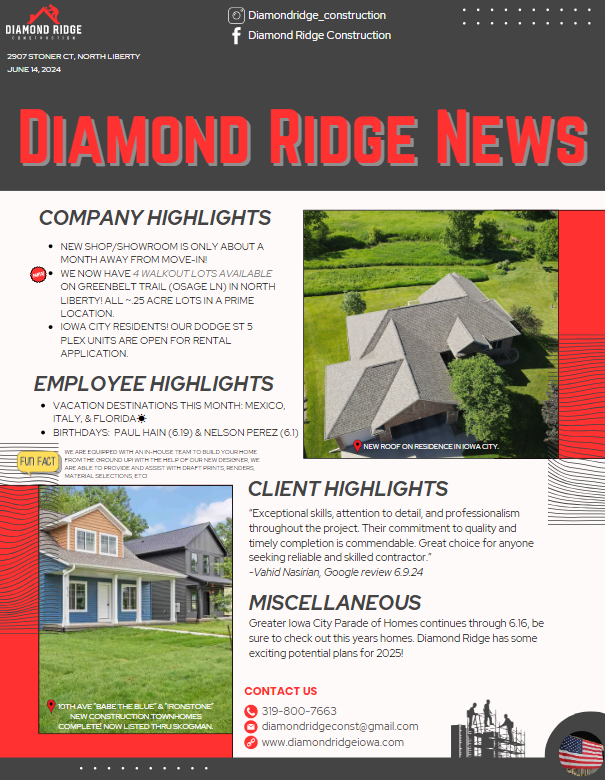
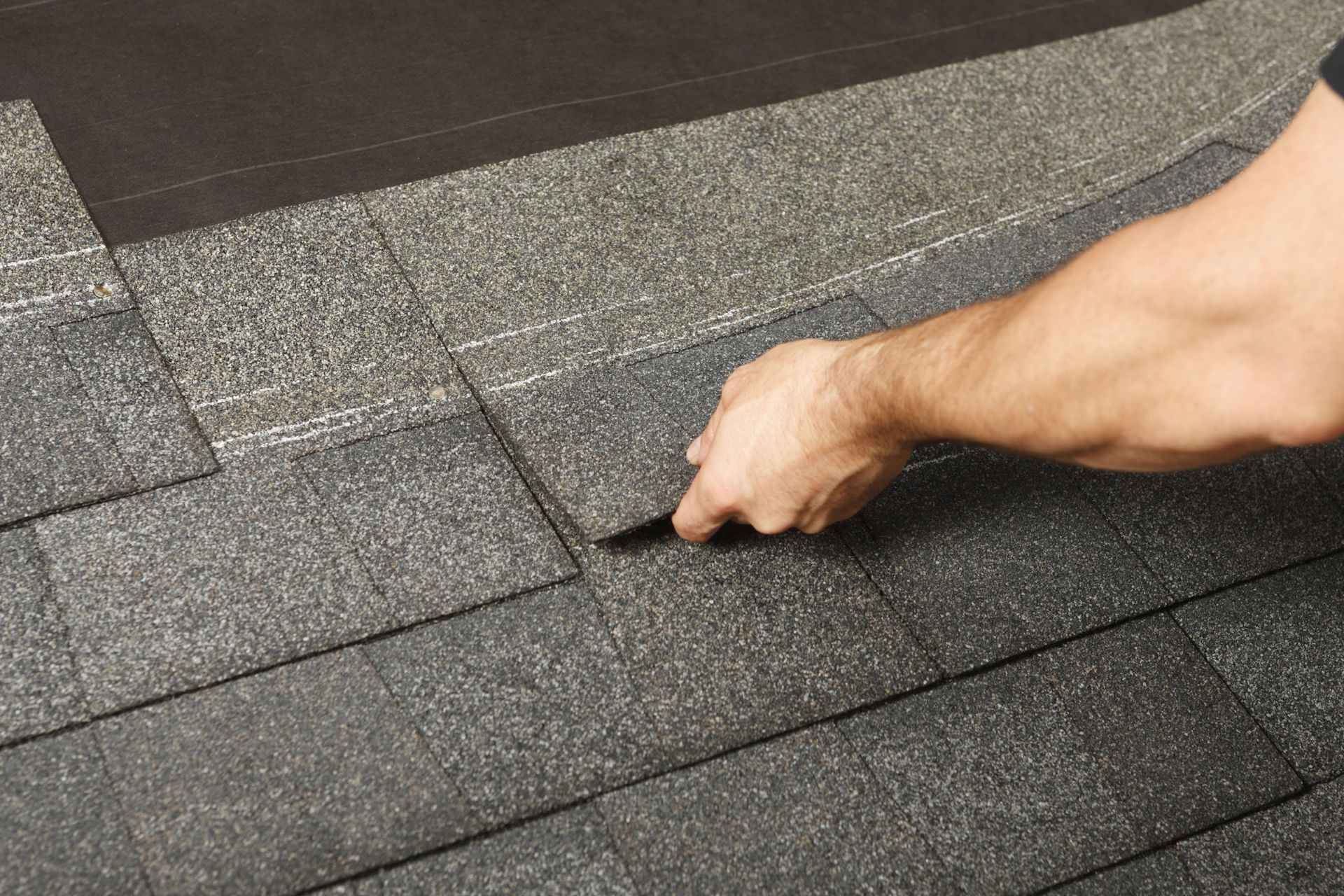
Share On: